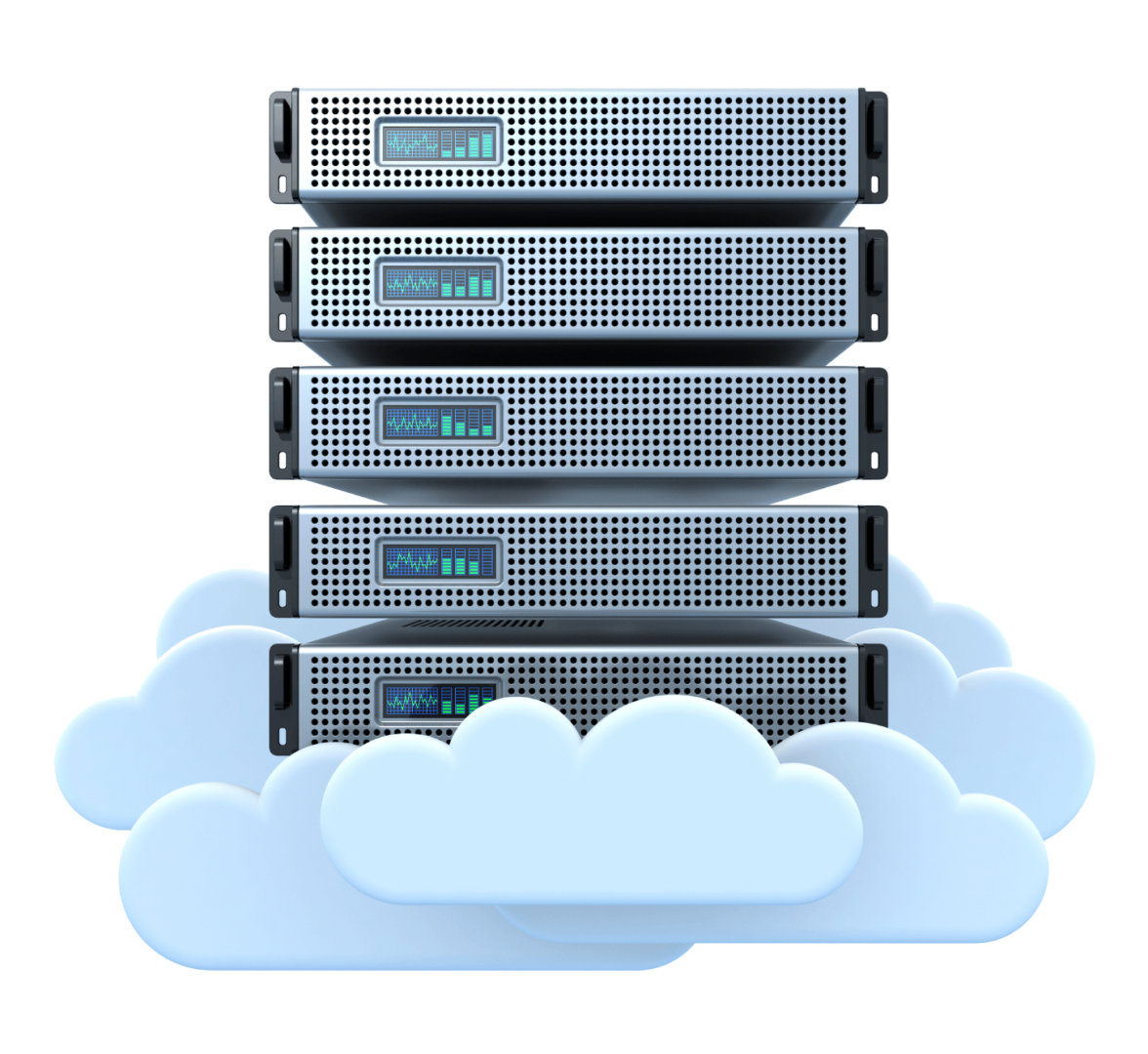Key Takeaway:
- The Dark Web is a hidden part of the internet that requires special software to access. It is used for various purposes, including illegal activities, anonymous communication, and circumvention of censorship.
- The infrastructure of the Dark Web is based on a network of encrypted servers and routing protocols that help maintain anonymity and privacy. Tor, also known as The Onion Router, is commonly used to access the Dark Web.
- Operations on the Dark Web involve illicit activities such as drug trafficking, weapon sales, human trafficking, and hacking services. Cryptocurrencies like Bitcoin are often used for transactions to maintain anonymity.
- The Dark Web poses significant threats, including identity theft, data breaches, malware distribution, and cybercrime. Users must be cautious and avoid sharing personal information or engaging in illegal activities on the Dark Web.
- To protect against Dark Web threats, individuals and organizations should enhance online security measures, such as using strong passwords, keeping software updated, and employing encryption technologies. It is also important to educate oneself about the risks and stay informed about the evolving threat landscape.
- In conclusion, exploring the Dark Web requires a thorough understanding of its infrastructure, operations, and associated threats. While it can provide anonymous communication and access to certain resources, it also poses significant risks that should not be taken lightly.
Introduction to the Dark Web
The murky depths of the internet conceal a realm known as the Dark Web. Delve into the cryptic underbelly of cyberspace, exploring its clandestine <infrastructure>, enigmatic operations, and pervasive threats. Uncover the hidden layers where anonymity reigns and illicit activities thrive. Unveil the enigma surrounding the Dark Web, but proceed with caution as you navigate this treacherous digital landscape.
This opaque online realm, often obscured from traditional search engines, harbors a network of anonymous websites, encrypted communication channels, and decentralized marketplaces. It serves as a haven for illegal activities, facilitating the sale of drugs, stolen data, and weaponry. The Dark Web‘s infrastructure relies on encryption and anonymization tools like Tor to mask users’ identities and locations, making it challenging for authorities to trace illicit activities.
However, the Dark Web‘s notoriety extends beyond criminal enterprises. It also serves as a platform for whistleblowers, activists, and individuals seeking to evade surveillance in oppressive regimes. This complex web of hidden services and invisible networks presents law enforcement agencies, cybersecurity experts, and governments with significant challenges in mitigating the risks associated with this digital underworld.
As the allure of the Dark Web grows stronger, it becomes crucial for individuals and organizations to understand its operations and threats. By comprehending the inner workings of this parallel digital universe, one can adopt proactive measures to safeguard themselves against cybercriminals and protect sensitive information from falling into the wrong hands. Stay vigilant, educate yourself, and embrace cybersecurity best practices to navigate the treacherous waters of the Dark Web with caution and resilience. Failure to do so may leave you vulnerable to the sinister forces that lurk beneath the surface.
The Infrastructure of the Dark Web
The hidden framework of the obscure digital realm known as the Dark Web encompasses a complex network of infrastructure and operations. Understanding the underlying structure and components that support this secretive online environment is crucial to comprehending the threats it poses.
Delving deeper into the clandestine web ecosystem, we can uncover the intricate organization and architecture that enables its functionality. Cryptographic protocols, anonymization techniques, and distributed networks come together to form the foundation of the dark web. These elements provide the necessary anonymity and security for users to operate within its boundaries, facilitating transactions and communication.
Beyond the fundamental mechanics, the dark web infrastructure branches out into various layers. Tor, or The Onion Router, acts as the primary tool for accessing hidden services, creating a layered encryption model that obscures user identities and the origins of online activities. Other components, such as peer-to-peer networks and decentralized marketplaces, further contribute to the intricate fabric of this hidden virtual realm.
Remarkably, the extensive infrastructure of the dark web is not limited to its technical aspects. It also encompasses the social dynamics and communities that thrive within this covert environment. Forums, chatrooms, and social platforms fuel the exchange of information, ideas, and illegal goods, allowing users to connect and conduct illicit activities.
To fully grasp the complexities of the dark web, it is crucial to recognize its ever-evolving nature. As law enforcement agencies and cybersecurity experts continue to combat cybercrime, the infrastructure of the dark web adapts and evolves to circumvent detection. This constant evolution poses a significant challenge for those seeking to combat the threats posed by this hidden realm.
In this ever-changing landscape, staying informed and vigilant is paramount in safeguarding against the dangers that emanate from the dark web. By understanding the infrastructure and operations of this hidden underworld, individuals and organizations can better protect themselves against its pervasive threats. Stay aware, educate others, and take proactive measures to ensure online safety and security. The shadowy depths of the dark web should not be taken lightly.
Operations on the Dark Web
Operations on the Dark Web involve a complex and clandestine infrastructure where illicit activities thrive. This hidden online realm facilitates various illegal operations, such as cybercrime, drug trafficking, and the sale of stolen data. Criminals exploit the anonymity provided by the Dark Web to carry out their operations discreetly, making it challenging for law enforcement agencies to track and apprehend them. The Dark Web operates on encrypted platforms, offering hidden services, marketplaces, and communication channels that enable criminals to anonymously conduct their illicit activities.
Within this secretive landscape, criminals utilize cryptocurrencies like Bitcoin to facilitate transactions and ensure anonymity. The Dark Web operates through decentralized networks, making it resilient to takedowns and difficult to regulate. Malware distribution, hacking services, and the trading of counterfeit goods are just a few examples of the wide range of illicit activities that take place on the Dark Web.
It is crucial for individuals and organizations to be aware of the threats associated with the Dark Web. To protect themselves, they should implement robust cybersecurity measures, such as using strong passwords, regularly updating software, and being cautious while accessing unknown websites or downloading files. Additionally, collaborating with law enforcement agencies and sharing information about criminal activities on the Dark Web can aid in combating cybercrime and reducing the overall impact of these operations.
By understanding the various operations on the Dark Web and their inherent risks, individuals can better navigate the digital landscape and protect themselves from potential threats. By staying informed about emerging trends and technologies used by cybercriminals, individuals can actively contribute to the ongoing fight against illicit activities on the Dark Web.
Threats on the Dark Web
Semantic NLP Variation: Understanding the Hazards of the Dark Web
The Dark Web harbors various threats that can compromise individuals and organizations. Below are four critical points highlighting the dangers:
• Cybercrime ecosystems: The Dark Web serves as a breeding ground for illicit activities, such as hacking, malware distribution, and identity theft.
• Illegal marketplaces: On the Dark Web, one can find black markets offering drugs, weapons, stolen data, and other illicit goods and services.
• Exploitation of vulnerabilities: Cybercriminals often trade hacking tools and zero-day exploits, which can be used to infiltrate networks and launch attacks.
• Anonymity and anonymity: The cloak of anonymity on the Dark Web facilitates criminal activities, making it challenging for law enforcement agencies to identify and apprehend wrongdoers.
Furthermore, the Dark Web presents unique complexities in terms of its infrastructure, operations, and encryption methods, requiring specialized investigative techniques and tools to combat cyber threats effectively.
One intriguing fact is that the Dark Web is estimated to be 500 times larger than the surface web, providing an expansive arena for illegal operations and underground interactions (source: ‘Exploring The Dark Web: Understanding Its Infrastructure, Operations, And Threats’).
Protecting Against Dark Web Threats
Protecting Against Dark Web Threats is crucial for ensuring online security. By understanding the infrastructure, operations, and threats of the dark web, organizations can implement effective measures to safeguard their data and networks. Here are four key points to consider: – Implement robust cybersecurity measures: This includes using strong passwords, regularly updating software and antivirus programs, and keeping systems patched to prevent vulnerabilities that can be exploited by dark web actors. – Educate employees about the risks: Training employees about the dangers of the dark web, such as phishing scams and social engineering tactics, can help them recognize and avoid potential threats, reducing the likelihood of falling victim to malicious activities. – Monitor for suspicious activities: Deploying advanced threat intelligence and monitoring tools can help organizations detect unusual or malicious behavior on their networks, allowing them to respond promptly and mitigate potential damages. – Establish partnerships with law enforcement and cybersecurity experts: Collaborating with these entities can provide valuable insights and assistance in identifying and countering dark web threats, enhancing an organization’s proactive defense strategies. Furthermore, it is important to note that the dark web landscape is constantly evolving. Staying updated on emerging threats and adapting security measures accordingly is essential in ensuring ongoing protection against dark web threats. A Pro Tip for organizations is to conduct regular risk assessments and penetration testing to identify vulnerabilities and address them before they can be exploited by malicious actors.
Conclusion
The findings of the research shed light on the intricate infrastructure, operations, and threats of the dark web. It is evident that the dark web presents significant challenges and dangers that must be addressed. The unique details revealed highlight the need for enhanced cyber security measures and law enforcement efforts to combat illicit activities in this hidden part of the internet. Researchers and policymakers must carefully analyze these findings to develop effective strategies and policies to counter the threats posed by the dark web.
Pro Tip: Stay informed about emerging technology and continually update security measures to mitigate the risks associated with the dark web.
Five Facts About Exploring The Dark Web: Understanding Its Infrastructure, Operations, And Threats:
- ✅ The surface web, which can be accessed through search engines like Google, Bing, and others, comprises less than 5% of the entire internet. (Source: The SSL Store)
- ✅ The deep web, which is below the surface web, makes up more than 90% of websites on the internet. (Source: Team Research)
- ✅ The dark web is a hidden part of the internet that can only be accessed through specialized browsers, and it is often associated with illegal activities and explicit content. (Source: Team Research)
- ✅ Browsing the dark web exposes users to various threats, including malware distribution, government surveillance, and scams. (Source: Cyber Sane, Comparitech)
- ✅ Organizations may face threats from criminal groups using hacking as a service (HaaS) on the dark web, which can lead to data breaches and ransom demands. (Source: Comparitech)
FAQs about Exploring The Dark Web: Understanding Its Infrastructure, Operations, And Threats.
What is the visible internet or surface web?
The visible internet, also known as the surface web or open web, refers to the web pages, servers, and databases that are indexed and can be accessed using search engines like Bing, Google, or Baidu. It represents less than 5% of the entire internet and consists of websites registered with operators like “.org,” “.com,” or “.net.”
How does the deep web differ from the surface web?
The deep web is the part of the internet that lies below the surface web. It comprises more than 90% of the websites and is not accessible through search engines as these websites are not indexed. Data on the deep web is often password protected and includes private databases as well as legal and illegal content. It requires specialized browsers or anonymous browsing to access the deep web.
What is the dark web and its association with criminal activities?
The dark web is a hidden part of the internet that can only be accessed using specialized browsers. It is known for its explicit content and is often associated with criminal or unlawful activities. Users on the dark web can find trading sites where illicit goods and services are bought and sold. The Silk Road was a notorious hub for such activities. It is considered a place where humanity’s darkest sides emerge.
What are the threats of browsing the dark web?
Browsing the dark web exposes users to various threats. Malware is actively distributed on the dark web, aiming to infect unsuspecting users and conduct cyberattacks. Users are more prone to be targeted for cyberattacks while browsing the dark web, which may lead to the exploitation of their computer and network connections. There is also a risk of personal information exposure, and scammers often take advantage of the dark web’s reputation to scam users or steal their identity.
How does government surveillance impact browsing on the dark web?
Government agencies have previously taken over Tor-based websites and conducted surveillance on the dark web. Users who visit these websites risk becoming targets of government monitoring. In some countries, exploring ideologies or not adhering to government restrictions can be considered a punishable crime. There have been reports of tempting offers for illegal services on the dark web, which scammers use to exploit willing users.
How can organizations protect themselves from dark web threats?
Organizations can protect themselves from dark web threats by implementing cybersecurity measures. This includes monitoring and analyzing the deep and dark web for any exposed sensitive data using open-source intelligence (OSINT). Cybersecurity organizations like Varutra offer Deep & Dark Web Analysis services to identify and protect an organization’s data that may be exposed on the dark web. It is crucial to stay proactive in detecting and mitigating potential threats from the dark web.




